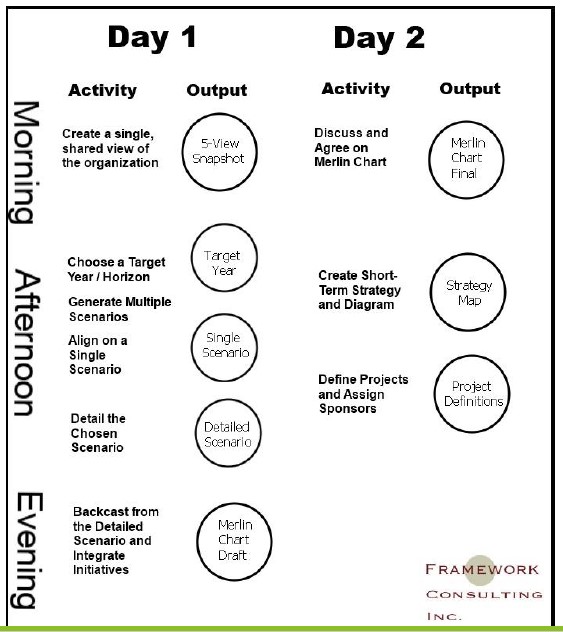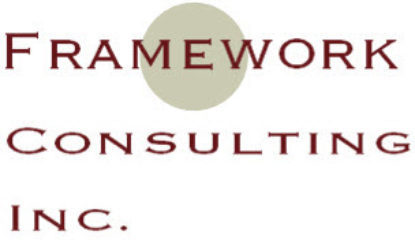Have you ever come across a strategy document that seems like nothing more than a list of projects? If so, you’re right to feel that something important is missing. A well-crafted plan is more than just a collection of tasks—it should transform an abstract idea into a clear vision, using words and images that guide staff in their daily work.
Recently, I reviewed a strategic plan from a public sector organization in Jamaica. On the surface, it ticked all the boxes. Every item was aligned with Vision 2030 Jamaica (the National Development Plan), the United Nations’ Sustainable Development Goals, and other respected international guidelines. From the point of view of the gatekeepers who are trying to get ministries, departments and agencies (MDAs) to create sound strategic plans, it passed.
However, there was a significant flaw: the plan didn’t connect the detailed project plans to their original purpose.
It seemed that the consultants who assembled these projects overlooked a crucial step, leaving employees to follow the plan without understanding the reasoning behind it. Consequently, employees could go through the motions, but miss the point.
How can you prevent this from happening to your team? Is there a way to discover and convey the essence of a strategic plan – the most important part – to those who must implement it?
Stick to Breakthrough Goals
If your strategic planning team isn’t focused on creating breakthroughs, don’t bother with a retreat. Save the money and stick to business as usual. Achieving breakthroughs is challenging by design, but it’s why leaders are in their roles. Even without formal training, executives are expected to realize the unimaginable.
One technique I use to push leadership teams toward breakthroughs is to have them envision a specific future, 15-30 years ahead. I ask: “What are you willing to create?” and “How does it translate into measurable results?” As they map out these outcomes for the chosen year, they naturally set ambitious targets that won’t happen by chance.
For an example of a breakthrough commitment, look at Vision 2030 Jamaica: “…the place of choice to live, work, raise families and do business.” It’s clear that this extraordinary goal can’t be achieved through routine actions.
In your team you may find naysayers – those who believe that the future can’t be planned for because things are changing too fast. There are many ways to respond, but it’s important that if you are the sponsor of the retreat that you become facile in explaining the reasons for long-term, pre-emptive, game-changing thinking.
Doing so in the context of your organization may not be easy. We have resources that might assist at our newsletter website – https://longtermstrategy.info.
Test and Adjust Breakthrough Commitments
The biggest challenge when sharing lofty goals is that stakeholders might dismiss them as unrealistic. To counter this, build a logical connection between the future and the present. This can be done through back-casting—working backward from future targets to current realities.
Sometimes, teams discover that the goals are unattainable when viewed as a whole. In such cases, the goals must be adjusted to remain credible. This act of recalibration is essential for maintaining trust and ensuring that the goals are seen as achievable.
Maintain the Emotional Connection
Perhaps the most difficult task is keeping the project teams emotionally connected to the original intent of the Breakthrough Goals.
For instance, I’ve noticed that few public sector employees, even at the mid-level, feel inspired by Vision 2030. Although it reflects our citizens’ deepest commitments, it often gets lost in day-to-day operations.
To keep the connection alive, explain the reasoning behind executive decisions using various formats—words, images, videos, and interactives—that combine logic and emotion, making them easier to grasp. Another approach is to help staff translate Breakthrough Goals into their personal objectives, allowing them to internalize the intent and take ownership of the outcomes.
If your organization is dealing with a list of projects that seem like empty activities, it might be because a crucial step was missed. Take action to correct this. Recognize that employees who seem to be just going through the motions can still be inspired. See them as people waiting for leadership to step up and guide them.
As with many solutions, the best examples come from the top. Leaders must be honest about their own levels of inspiration if they are to foster the kind of commitment that drives sacrifice and risk-taking—key ingredients for making a breakthrough goal a reality.
Follow a Strategic Planning Framework
Unfortunately, not all methods offered or defined by firms who offer strategic planning services are created equal.
The ones that deliver more than just a list of disconnected projects stick to a successful design. They regularly produce the kinds of insights in a strategic planning workshop or offsite that are game-changing, and pre-emptive.
Here is a summary of the kind of retreat you can conduct, and don’t forget to download a strategic planning framework pdf linked at the end for later use.
Step 1 – Prepare for the Retreat
The most important data gathering takes place at this point in time. The point here is to allow the retreat to flow smoothly because it has all the data needed. For example, conduct a SWOT survey beforehand so that you don’t spend valuable time in the actual event gathering opinion data.
Furthermore, before the event begins, you have engaged all relevant stakeholders in gathering this information so they feel as if they are making a contribution.
Step 2 – Start the Retreat with a Snapshot
Devote the first session of your retreat to creating a summary of the past and current situation. This will bring all your participants onto the same page, available to think from the same place at the same time.
Plus, it’s a team-building activity in its own right.
Step 3 – Pick a Target Year
Take the team through an exercise to pick a planning horizon. This will determine how far your short/mid/long term plan will extend. It also limits your thinking to a certain time frame.
Emphasize that there are pros and cons in both directions and you want the team to pick a range which has just the right degree of challenge to produce a breakthrough strategic plan.
Step 4 – Develop Multiple Scenarios
For the chosen target year, develop multiple scenarios which may occur in that year. Look to craft ones which are different from each other, combining similar ideas wherever possible.
Step 5 – Choose a Single Scenario, and Detail It
Either select a preferred scenario from those which were proposed, or combine one or more to craft an ideal scenario.
Once it’s selected, convert the scenario into a list of target metrics and projects required to reach them. This version of the Final Scenario is the one you’ll use for the next phase of the strategic planning workshop.
Step 6 – Backcast to Create a Merlin Chart
The from this step chart looks like a series of milestones and projects which are timed to hit certain targets by the chosen Target Year. It’s a narrative of sorts, which assumes a number of parallel activities.
This activity is the most difficult one in the strategic planning workshop and requires a small cross-functional team with collective knowledge of how the business works from different angles.
Step 7- Create a Short-Term Strategy Map
The map in this step is designed to communicate the short-term plan to a wider audience. It also defines which new projects must begin within the next three to five years.
Stakeholders welcome the map as it shows them some of the underlying strategic hypothesis, and gives them an idea of what’s been accomplished in the strategic planning workshop.
Step 8 – Assign Projects
From the strategy map, assign short-term projects to individual sponsors.
Over time, I have found ways to compress these steps into 2 intense days rather than 3 more leisurely days.
For more details about the overall process, and the steps listed above, visit my newsletter website – https://longtermstrategy.info. For more information about the LeapOut approach we use, click here.
Francis Wade
P.S. Don’t leave without downloading your strategic planning framework pdf by clicking here. It also includes the graphic below, a picture of the agenda to be followed using the strategic planning framework used in our offsites at Framework Consulting.


